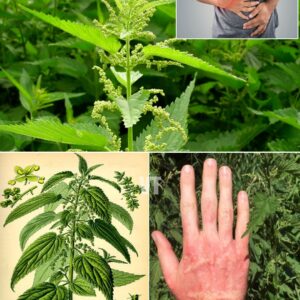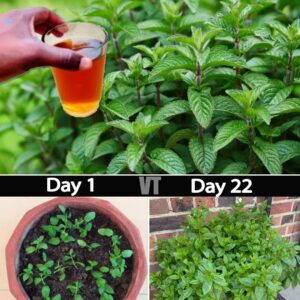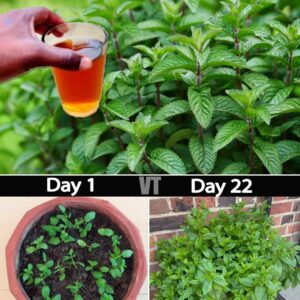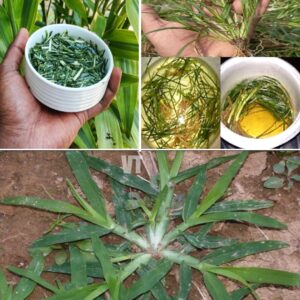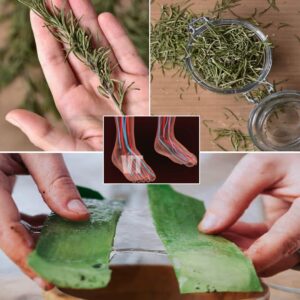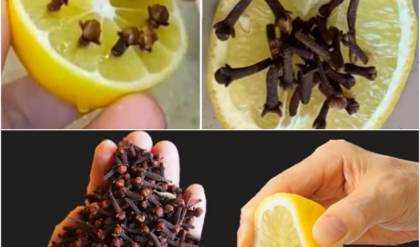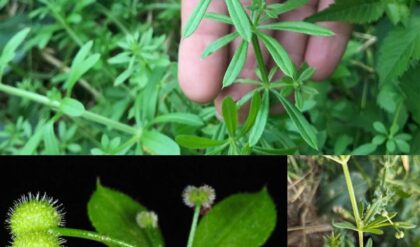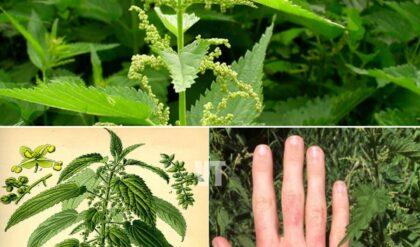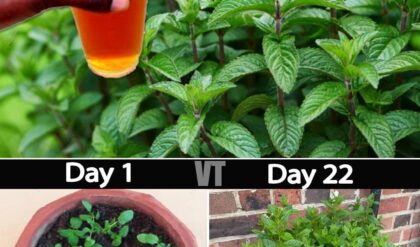Fertilizing trees is a vital aspect of maintaining their health and promoting vigorous growth. However, a common gardening mistake is applying fertilizer incorrectly, which can not only waste resources but also potentially harm the tree. This comprehensive guide outlines the correct way to fertilize trees, ensuring that they receive the nutrients they need without the associated risks.
Understanding the Root System

Before diving into the fertilization process, it’s crucial to understand a tree’s root system. The majority of a tree’s absorbing roots, including the vital root hairs, are located not at the trunk’s base but rather extend outward beneath the tree canopy, often reaching beyond the drip line. These roots are primarily responsible for nutrient uptake.
Step 1: Assessing the Need for Fertilization
Begin with a soil test to determine the specific nutrients your tree may be lacking. This will help you select the right type of fertilizer.
Observation:
Look for signs of nutrient deficiency in the tree, such as discolored leaves, slow growth, or early leaf drop.
Step 2: Choosing the Right Fertilizer
Type:
Opt for a slow-release, granular fertilizer that matches the nutrient needs identified by your soil test.
Formula:
A balanced N-P-K (Nitrogen, Phosphorus, Potassium) ratio is generally recommended, unless soil testing suggests otherwise.
Step 3: Proper Fertilization Technique
Where to Fertilize:
Apply the fertilizer to the area where the root hairs are most active, which is under the tree’s canopy and extending just beyond the drip line. Avoid fertilizing directly in front of the tree trunk.
How to Apply:
Broadcast Method: Evenly distribute the fertilizer granules over the soil surface within the root zone.
Fertilizer Wells: For deeper nutrient penetration, consider creating shallow wells (4-6 inches deep) around the drip line and applying the fertilizer directly into them.
Watering:
After applying the fertilizer, water the area thoroughly to help move the nutrients into the soil where roots can absorb them. However, ensure that water does not pool around the tree trunk.
Additional Tips for Tree Care
Watering Practices:
Avoid letting water touch the tree trunk directly. Use a dirt barrier or mulch to divert water away from the trunk.
Overhydration and poor soil drainage can lead to root rot. Ensure the soil around your trees drains well.
In dry or hot weather, keep irrigations close together but avoid flooding. Distributing water in installments can help prevent overhydration.
Correctly fertilizing trees is about more than just providing nutrients; it’s about ensuring those nutrients are delivered in a way that supports the tree’s health and growth. By understanding the tree’s root system, using the appropriate fertilizer, and applying it in the right manner, gardeners can enhance the vitality of their trees. Remember, the goal is to support the natural processes of the tree, fostering a sustainable environment for its development.
Inspired by this? Share the article with your friends!
News
Blood sugar drops immediately! This plant is a real treasure for humans body
Stinging nettle (Urtica dioica) is often regarded as a bothersome weed, but this unassuming plant is actually a nutritional powerhouse with a multitude of health benefits. One of its most significant properties is its ability to help regulate blood sugar…
The Overlooked Medicinal Marvel Lurking in Your Backyard
In the serene confines of your backyard, amidst the vibrant foliage and verdant grass, lies a humble yet powerful botanical gem – the broadleaf plantain. Despite its inconspicuous presence, this unassuming herb boasts a wealth of medicinal properties, quietly offering…
How to Grow TONS of Fresh Mint in containers using these secrets
Fresh mint is not only a delightful addition to culinary dishes and beverages, but it also brings a refreshing aroma to any space it inhabits. While it’s a wonderful herb to have on hand, growing it abundantly in containers requires…
The Healing Power of Goose Grass – A Backyard Miracle for Over 10 Ailments
Nestled within our own backyards, often overlooked and considered a mere weed, goose grass, or Galium aparine, holds a wealth of medicinal properties that have been cherished for centuries by herbalists and traditional healers. This unassuming plant, with its tiny…
Just mix rosemary with aloe – are a real lifesaver. You only need to do this twice a week.
Nature provides some of the best remedies for various health and beauty concerns, and two of the most powerful plants are rosemary and aloe vera. Combining rosemary with aloe creates a potent natural remedy that can be a true lifesaver…
All You Need to Know About Orange Peels: Uses and Amazing Benefits
When we think about oranges, we typically focus on the juicy, sweet flesh inside and discard the peel without a second thought. However, orange peels are packed with nutrients and offer numerous practical uses and health benefits. From culinary applications…
End of content
No more pages to load
